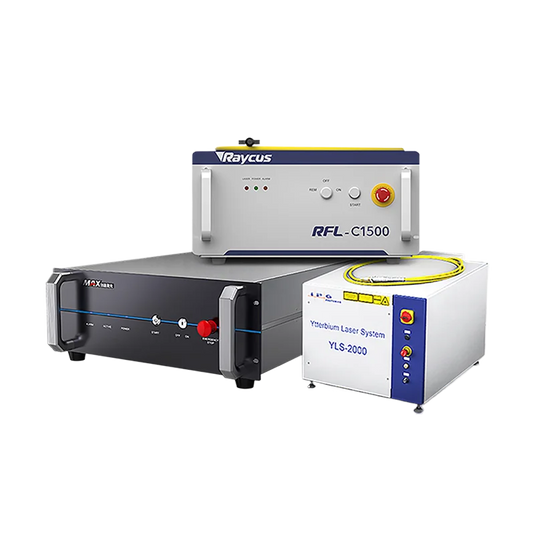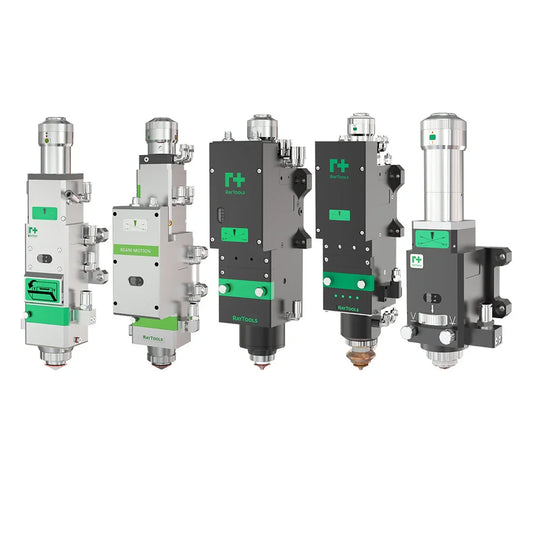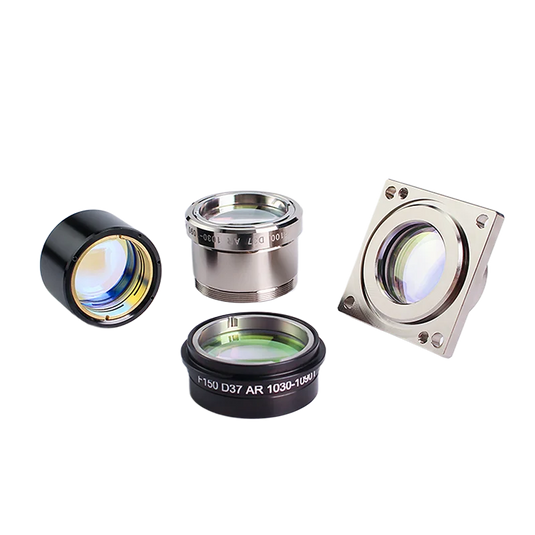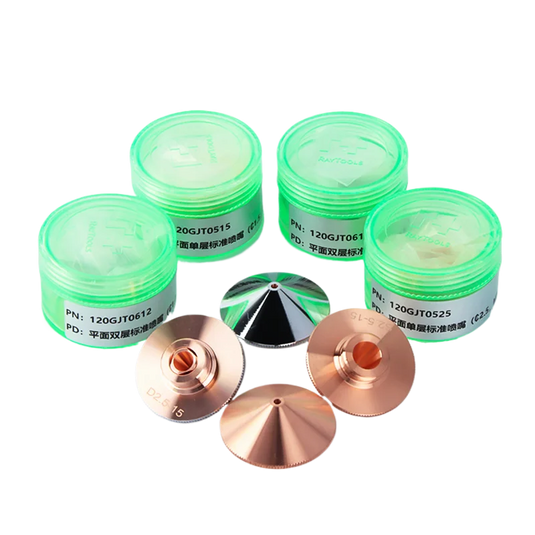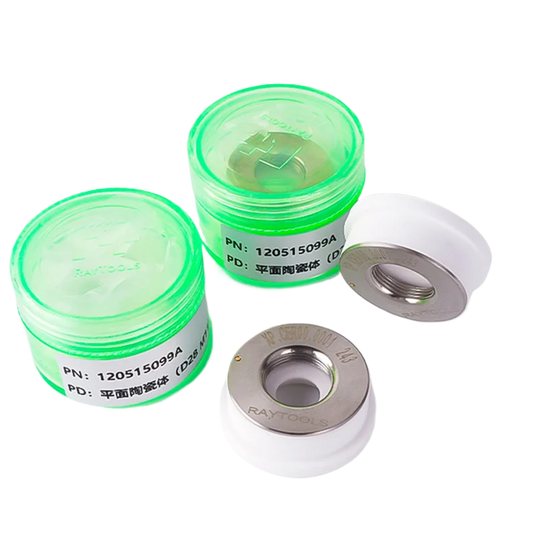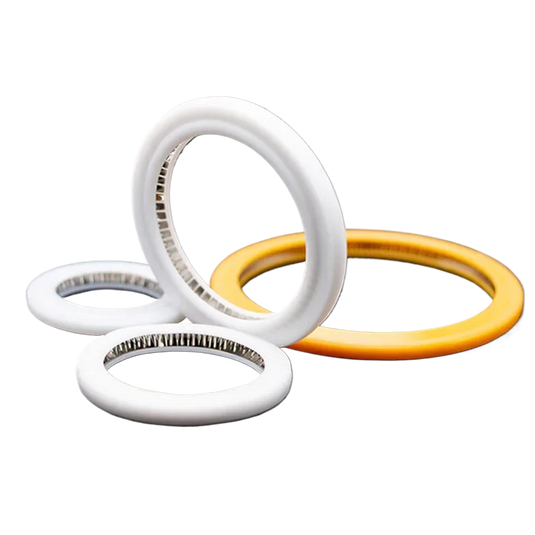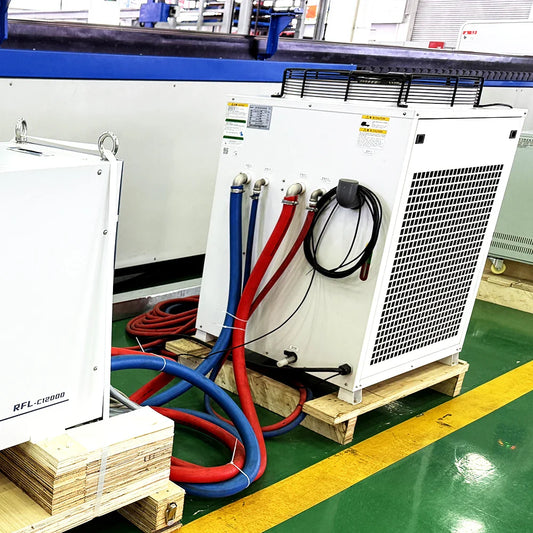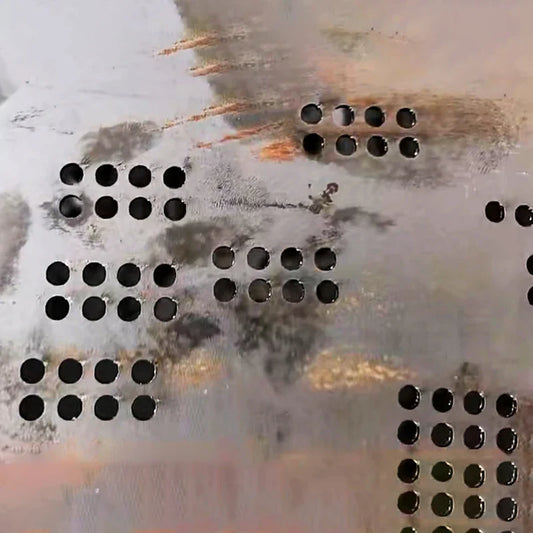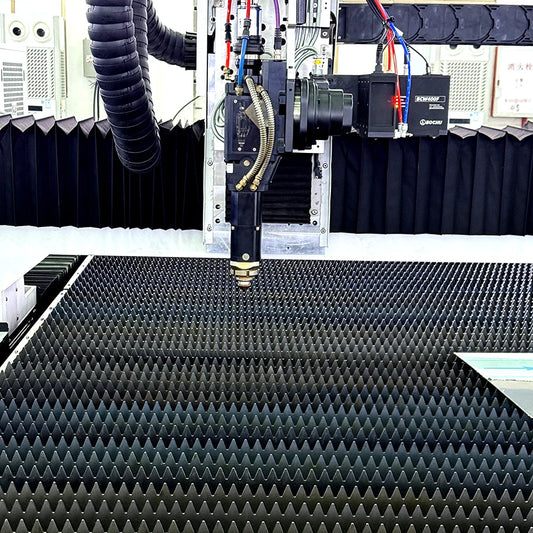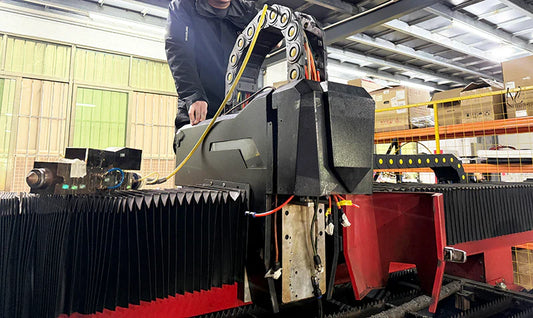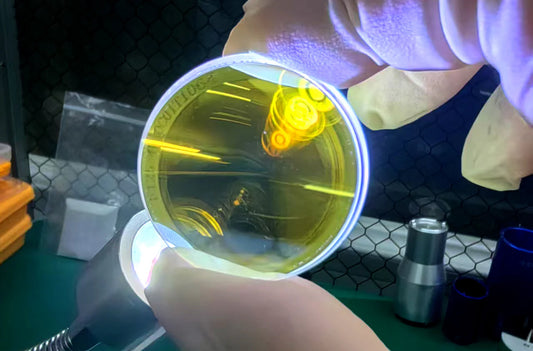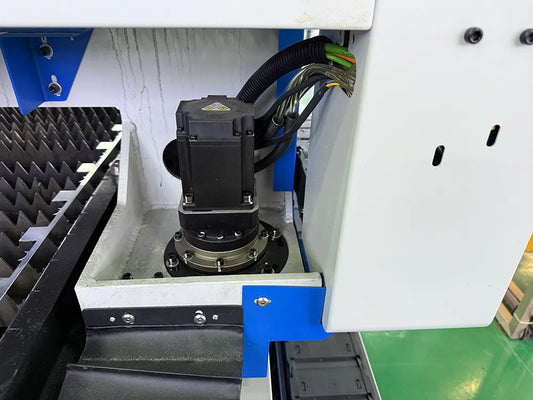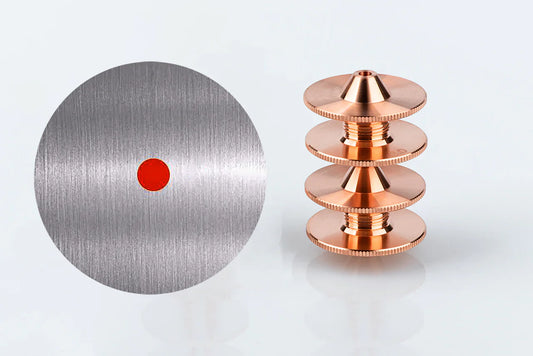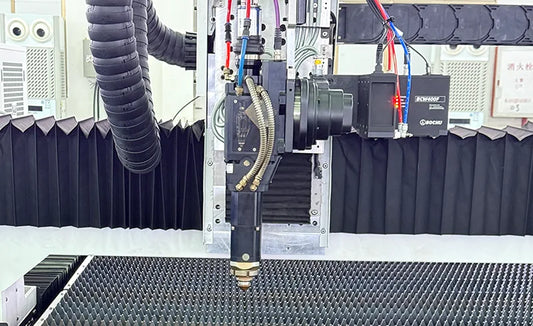Protecting Cultural Heritage: Laser Cleaning in Artifact Restoration
Every brushstroke in a Renaissance masterpiece, every faded inscription on an ancient tomb, and every delicate patina on a centuries-old sculpture tells a timeless narrative.
These treasures are more than simply artifacts; they represent elements of humanity's common history. However, for many years, maintaining these valuable artifacts required using abrasive procedures or hazardous chemicals. But now, there has been a breakthrough—a revolution—that allows us to conserve these beauties in previously unthinkable ways: laser cleaning.

In art restoration, laser technology is used to do more than merely remove dirt and grime. It is about accuracy, honouring the materials' integrity, and providing us with the opportunity to conserve the past for future generations. As more museums and conservators adopt this transformational technology, the future of art restoration seems brighter than ever.
Risks of Traditional Restoration Methods
For decades, traditional restoration methods relied on chemical solvents or harsh washing. While these treatments produced quick results, the long-term implications were often disastrous. Consider the following:
- Chemical cleansers can affect the chemistry of a work, causing permanent harm. In medieval paintings, acids have been known to discolour lead white paints, permanently affecting their initial brightness.
- Abrasive procedures risked damaging sensitive surfaces. The limestone of the Oklahoma State Capitol, for example, became irreversibly discoloured as a result of faulty sealing—an irreversible expense of traditional restoration procedures.
- A 2022 research discovered that improperly calibrated mechanical instruments cause 30% of repair damage in stone antiquities, leading to sad, permanent modifications. Furthermore, these processes create hazardous waste, which adds to the difficulty of complying with severe environmental requirements such as the EU's REACH framework.

Why Lasers? Precision Meets Customization
Enter laser cleaning, a game changer that works on the basis of non-contact ablation. This means the laser vaporizes pollutants without ever contacting the item, retaining every intricate feature. The advantages are nothing less than revolutionary.
Wavelength Customization
Each material absorbs light differently, which allows conservators to tailor their technique. For example, black soot on marble absorbs 1064 nm infrared light, whereas the marble reflects it. This enables selective removal, which targets specific layers of filth or grime while preserving the underlying substance. Conservators may carefully select the correct light for the work with adjustable wavelengths ranging from UV to IR.
Pulse Control
Laser pulses may be precisely adjusted in terms of duration. Femtosecond lasers emit pulses lasting about 10⁻¹⁵ seconds, minimizing thermal diffusion and reducing heat damage to delicate metals like bronze. These lasers painstakingly repaired a 1648 Adrian de Vries sculpture by removing corrosion layers without compromising the piece's structure.
Lasers can eliminate pollutants with micrometre accuracy, especially on delicate surfaces like smoke-stained paintings or old stone sculptures. Every pulse is meticulously managed to remove only the necessary quantity of material, keeping the delicate details that convey a piece's narrative.
Case Studies: From Pharaohs to Renaissance Masters
Laser cleaning is more than just a promise; it is a tried-and-true process that has already had a substantial influence on some of the most recognizable restoration projects.
-
Egyptian Tomb Hieroglyphics:
The ancient hieroglyphs of Luxor Temple were hidden by centuries of smoke and biological development. Conservators used 532 nm lasers (visible green light) to eradicate microbial colonies while conserving mineral-based hues. Similar procedures were employed to clean the 3,500-year-old Egyptian obelisk in New York, where lasers meticulously eliminated air impurities while preserving the sandstone's porous structure.

-
Renaissance-Era Paintings:
Donatello's David and Ghiberti's Porta del Paradiso had previously undergone faulty repairs. Low-fluence Nd:YAG lasers (1064 nm) were utilized to carefully remove non-original varnishes and overpaints. During the procedure, buried elements such as original gold leafing were exposed, revealing the full brilliance of these masterpieces behind centuries of filth. -
Chinese Cultural Relics:
At the Shanxi Yungang Grottoes, lasers were used to remove ink stains from 5th-century Buddhist sculptures. The selectivity of fibre lasers guaranteed that the underlying sandstone, which had already deteriorated from years of erosion, remained intact.
Equipment: Tailoring Lasers for Fragility
Modern laser systems are designed to be extremely versatile, allowing conservators to adapt to various materials and levels of fragility:

-
Low-Power Pulsed Lasers:
Machines like the Pendstar 50W laser cleaning machine series are suited for delicate applications such as removing mould from silk paintings or exquisite artwork. -
Femtosecond Lasers:
These are essential for metallic artifacts, such as silver relics, because heat damage from older procedures might ruin the piece. -
Portable Handheld Units:
Rendstar's CP200 200W laser cleaning machine enables conservators to do on-site restoration work, even in isolated areas such as Guangxi Huashan rock art in China.
Challenges: Bridging Technology and Tradition
Despite the enormous potential of laser cleaning, there are still obstacles to overcome:
Training Conservators
Laser repair necessitates extensive knowledge of material science. It's more than just directing a laser at a surface; it's also about tailoring the laser's fluence, pulse duration, and wavelength to the material. As CSOS conservation specialist Bartosz Dajnowski points out, "It's not a magic wand." Institutions such as the University of Science and Technology of China (USTC) are already including laser physics into their conservation curricula, preparing the next generation of conservators for this new subject.
Cost Barriers
While high-end systems, such as those from IPG Photonics, can cost more than $150,000, leasing alternatives (e.g., from GC Laser Systems) are making the technology more affordable to smaller museums and institutions.
Material Limitations
Certain materials, such as gilded wood or translucent coatings, may need hybrid techniques. The Uffizi Gallery in Florence, for example, used laser ablation and ethanol gels to clean tempera paintings, demonstrating the versatility of this technique.
The Future: 3D Scanning and AI-Powered Precision
The future of laser cleaning in art restoration seems bright, with developing technology pushing the frontiers of what's possible:
-
3D Scanning Integration:
Advanced systems, such as Raylase's FOCUSSHIFTER, can map surface topography in real time and alter the laser's focus to match the shapes of rough surfaces. This is critical for projects like the Leaning Tower of Pisa, where the curvature of the walls poses a difficulty to standard procedures. -
AI-Powered Parameter Optimization:
Machine learning algorithms are currently being utilized to assess material composition and automatically alter laser settings, therefore decreasing human error. Trials at the Heraklion Archaeological Museum have already resulted in a 40% decrease in trial and error time, allowing for faster and more accurate restorations. -
Underwater Laser Cleaning:
In a groundbreaking project coordinated by Italy's CNR, underwater laser cleaning is being utilized to preserve waterlogged antiquities such as shipwreck wood. This method safeguards the antiquities against oxidative degradation during the careful drying process.
A Subjective Verdict: Why Lasers Are Non-Negotiable
The moral imperative of preservation necessitates measures that protect the integrity of each relic. Traditional chemical and mechanical procedures, while required in the past, are no longer effective. The limestone of the Oklahoma Capitol serves as a stinging reminder of the damage inflicted by obsolete repair procedures. Laser cleaning is not without its challenges—cost and complexity remain key barriers—but it is the only technology that embodies the goals of accuracy, sustainability, and historical preservation.
Laser technology is more than simply a tool; it represents the future of conservation. Institutions that fight this trend risk becoming complicit in the gradual deterioration of our cultural heritage. Lasers provide not just a means of preserving art and artifacts, but also the opportunity to maintain humanity's collective memory for future generations.

